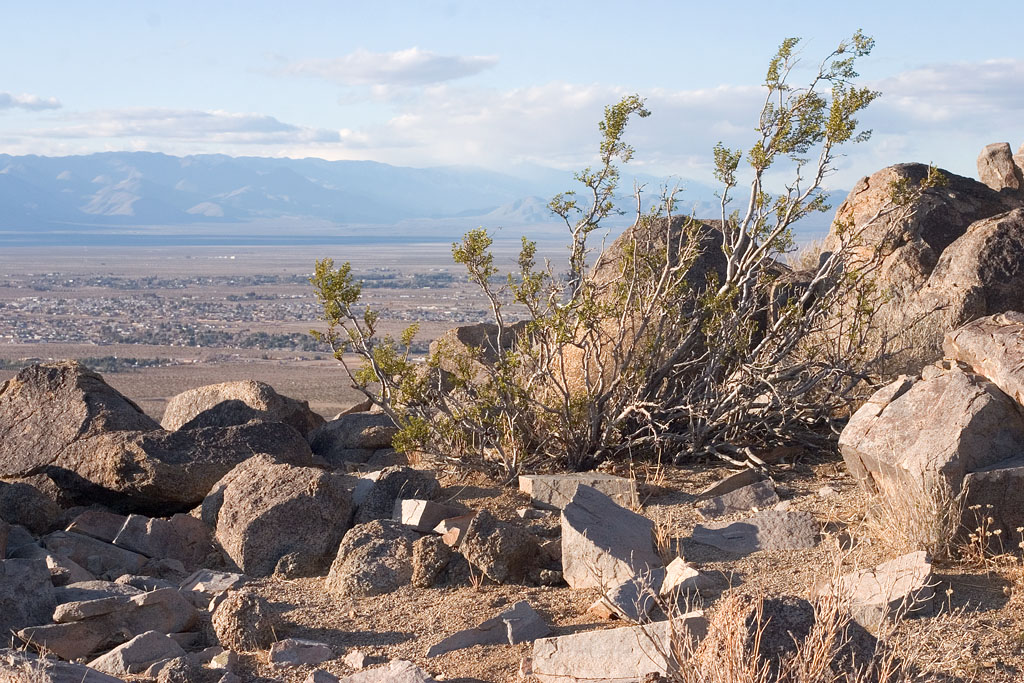For some, this year’s Fourth of July was a day of barbeques, celebration with family and fireworks. For residents of Ridgecrest, northeast of Los Angeles, it was a day of discomfort and fear after an earthquake — the largest in decades — resulted in power outages and damaged infrastructure and homes. The same region was rattled by an even larger earthquake the next day.
The two earthquakes — with magnitudes of 6.4 and 7.1 — jolted southern California and have policymakers and scientists concerned over what could follow.
The last time there was an earthquake with a magnitude of 7.1 was on October 16, 1999 in southern California, according to The Inquirer. Many fear that the thousands of aftershocks (smaller earthquakes that occur after the largest earthquake sequence) projected to follow July’s two major earthquakes could reach magnitudes of five and up.
“Those earthquakes [could] set off lots of other earthquakes [aftershocks],” said geophysics professor Greg Beroza. “There is a small chance that some of these aftershocks could be big. [The] official probabilities [will] change with time.”
Geophysics professor William Ellsworth told The Daily that aftershocks will linger for months, if not years, with the small chance that another large earthquake will follow. This means that the 7.1-magnitude earthquake might not be the last one California encounters before the end of 2019.
“We expect more earthquakes in the next 20 years than in the past 20 years — the past 20 years have been an ‘earthquake drought’ in California,” said geophysics professor Simon Klemperer, adding that the Ridgecrest earthquakes are still too recent for observers to determine a pattern.
These recent earthquakes were the first big temblor in five years to occur in California, but neither was the ‘Big One’ — the inevitable, long overdue earthquake of magnitude 8 or higher that is expected to occur along the San Andreas Fault.
“The last big earthquake to hit the LA segment of the San Andreas fault was 1680,” physicist Michio Kaku told Business Insider. “That’s over 300 years ago. But the cycle time for breaks and earthquakes on the San Andreas fault is 130 years, so we are way overdue.”
The earthquakes have ruptured several fault lines, resulting in a dangerous and rare complex rupturing.
“The earthquake on [July 4] was more complex,” Michele Cooke, a geoscientist at the University of Massachusetts, told LIVESCIENCE. “And part of that smaller event happened on an unmapped fault that trends NE-SW.”.
Beroza calls the earthquakes “teachable moments” and hopes they will “encourage people to look into steps for earthquake preparedness.”
Contact Mariam Guirgis at mariamhany3 ‘at’ gmail.com.
